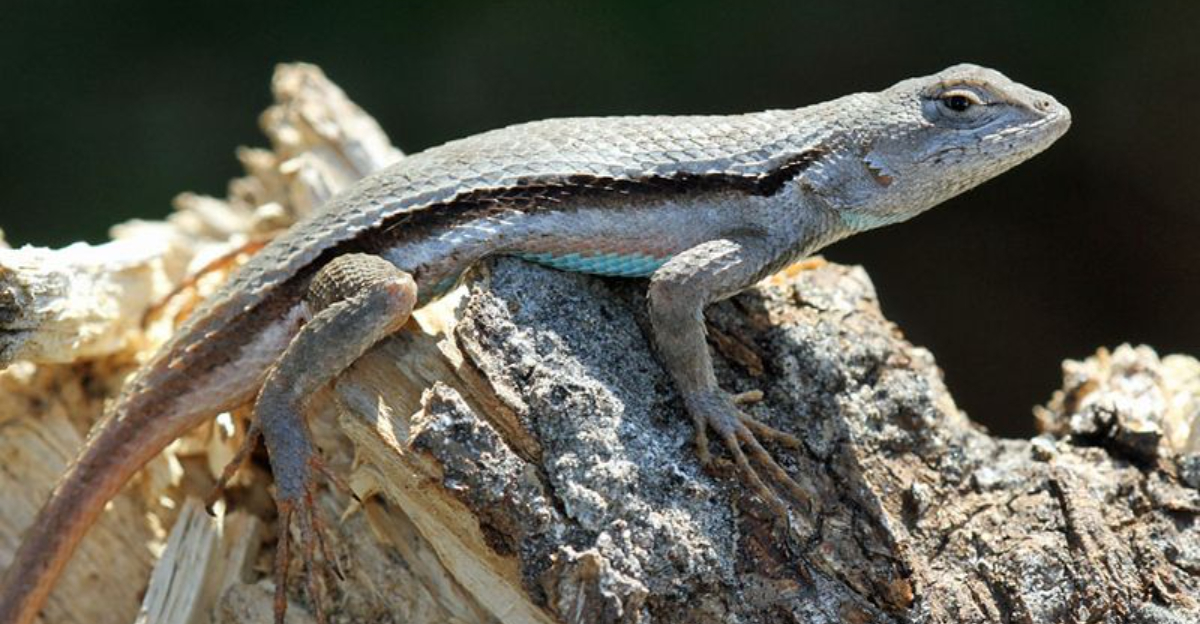Florida’s swamps, forests, and coastlines are home to some of America’s most unique reptiles, many of which are now on the brink of extinction.
As their habitats shrink under the pressure of development, these remarkable survivors need our help. Pet enthusiasts have a special role to play in their conservation.
By learning more about these rare creatures, we can contribute to their protection and ensure they don’t disappear forever.
1. Florida Sand Skink: The Swimming Lizard That Never Touches Water
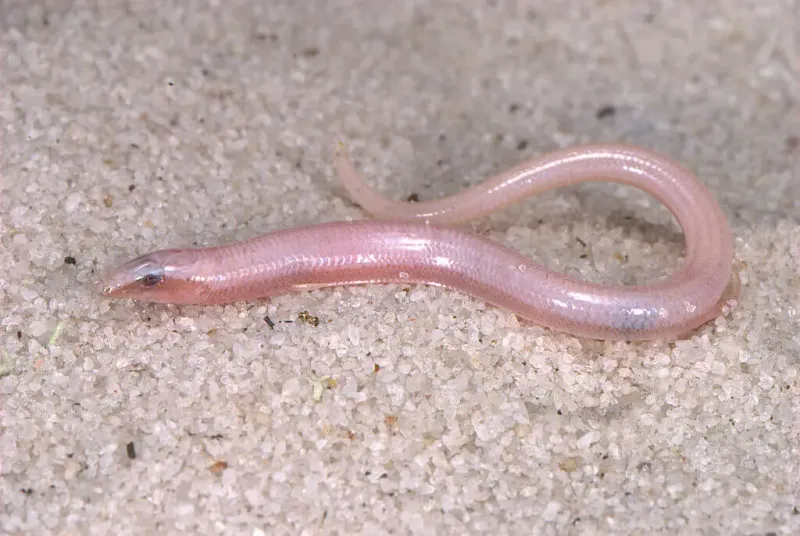
These tiny, legless lizards literally swim through sand! Measuring just 5 inches long, sand skinks use wave-like body movements to dive beneath Florida’s ancient sand ridges, leaving distinctive S-shaped trails that always make me think of miniature sea serpents.
Their unique scales and wedge-shaped snouts work like built-in snorkels, allowing them to breathe while completely submerged in sand. Development has claimed over 90% of their rugged habitat.
Pet lovers can help by supporting habitat preservation initiatives and reporting sightings to the Florida Fish and Wildlife Conservation Commission – just don’t try keeping one as a pet, as they rarely survive captivity.
2. Bluetail Mole Skink: The Disappearing Rainbow Lizard
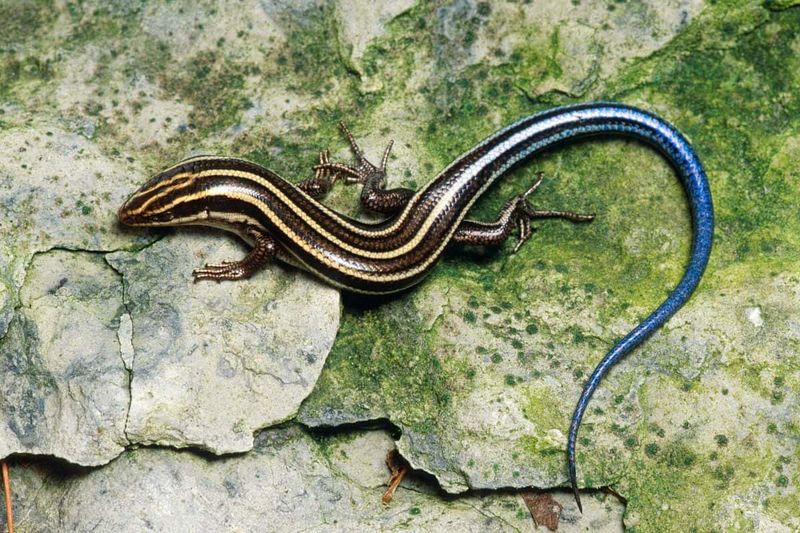
Electric blue tails flash like neon signs when these rare skinks dart across Florida’s white sand. I nearly missed spotting one during a conservation survey until that brilliant tail caught the sunlight – nature’s perfect attention-grabber.
Found only along Lake Wales Ridge in central Florida, these 5-inch lizards spend most of their lives burrowing through loose soil hunting insects. Their vibrant tails detach when grabbed by predators, buying precious escape time while the predator is distracted.
Habitat destruction has pushed them to the brink. Conservation-minded reptile enthusiasts can volunteer for monitoring programs or donate to organizations purchasing critical habitat parcels.
3. Florida Scrub Lizard: The Camouflage Master Fighting for Space
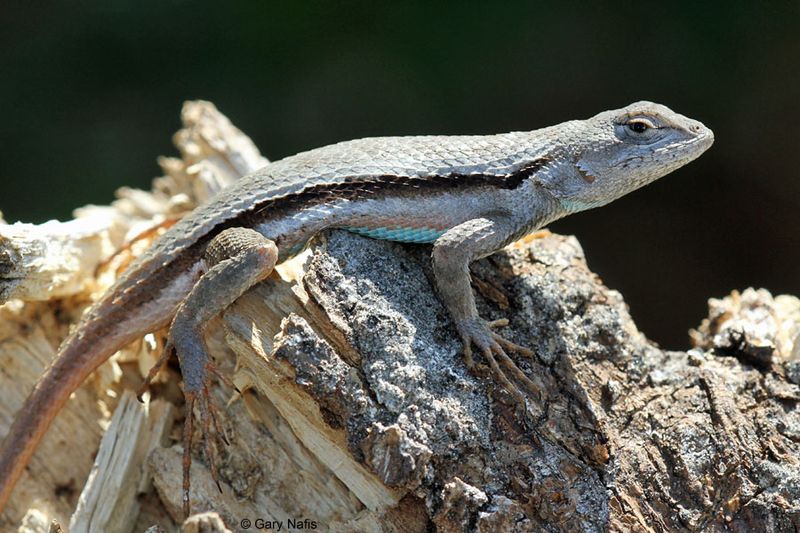
These spiny-scaled survivors are experts in camouflage. They effortlessly merge with lichen-covered trees and sandy patches in Florida’s disappearing scrublands. Their rapid push-up displays – a territorial warning I’ve watched countless times – reveal bright blue patches on their bellies that flash like warning signals.
Unlike many endangered species, scrub lizards adapt well to controlled burns, which maintain their preferred open habitat. They scurry across hot sand that would burn human feet, hunting insects with lightning-fast reflexes.
Pet enthusiasts can support prescribed burn programs that maintain scrub habitat and participate in citizen science monitoring efforts that track population changes as development continues to fragment their range.
4. Gopher Tortoise: The Underground Architect Saving Hundreds of Species
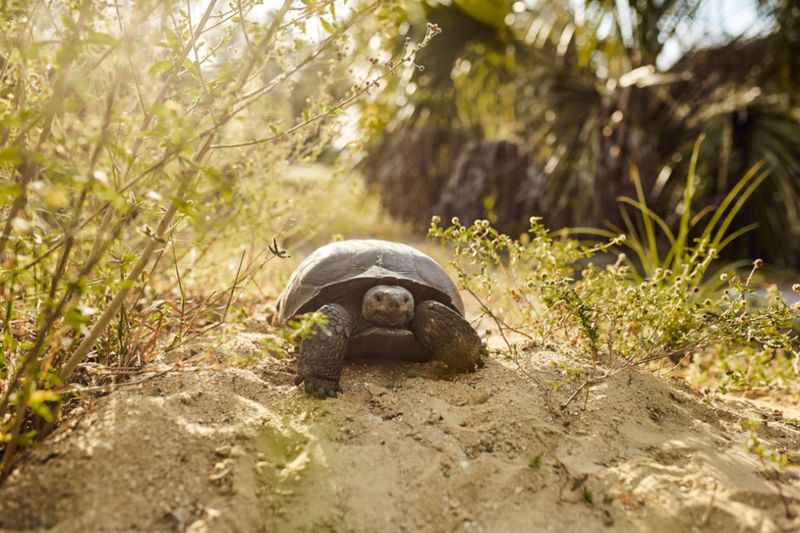
Nature’s most important landlords, these gentle giants create burrows up to 40 feet long that shelter over 350 other species!
Their burrows maintain constant temperature and humidity, becoming lifesaving shelters during wildfires and freezes. With vegetarian diets and lifespans exceeding 60 years, they’re living dinosaurs of the pine flatwoods.
Pet lovers can participate in habitat restoration projects, report illegal tortoise collection, and support organizations that manage tortoise preserves. Never relocate them yourself – it’s illegal without permits and potentially fatal to the tortoise.
5. Rim Rock Crowned Snake: The Limestone Specialist on the Edge
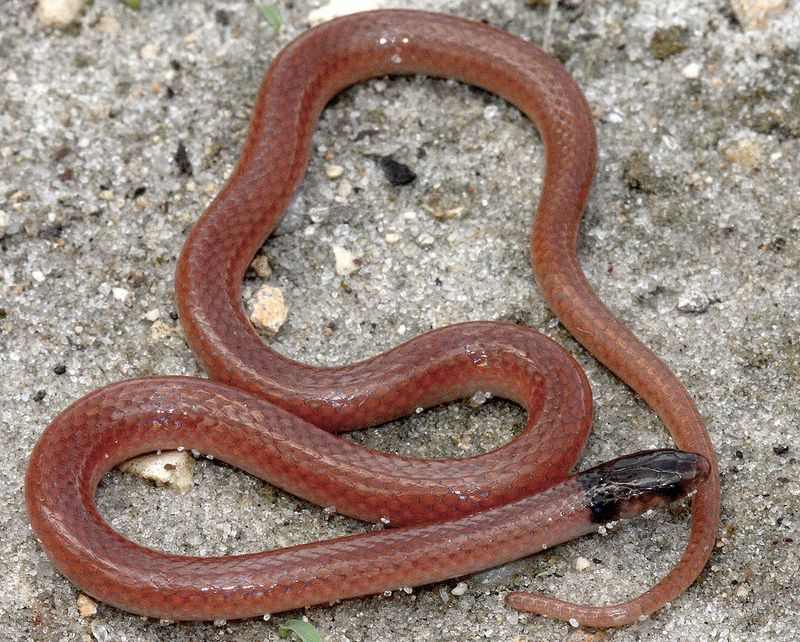
Possibly Florida’s rarest snake, this pencil-thin, coffee-colored reptile survives only in scattered limestone outcroppings in Miami-Dade County. So elusive that biologists celebrate each rare sighting, these 7-inch snakes squeeze into hairline cracks in limestone that even my pinky finger couldn’t reach into.
They hunt centipedes and insect larvae in the rock crevices, emerging mainly after rains. Most Floridians have never seen one, and many of their last remaining habitats sit beneath luxury developments.
Reptile enthusiasts can help by supporting urban wildlife corridors, participating in citizen science programs documenting rare snake encounters, and advocating against development in the remaining limestone ridge habitat they desperately need.
6. Florida Reef Gecko: The Miniature Marvel Clinging to Survival
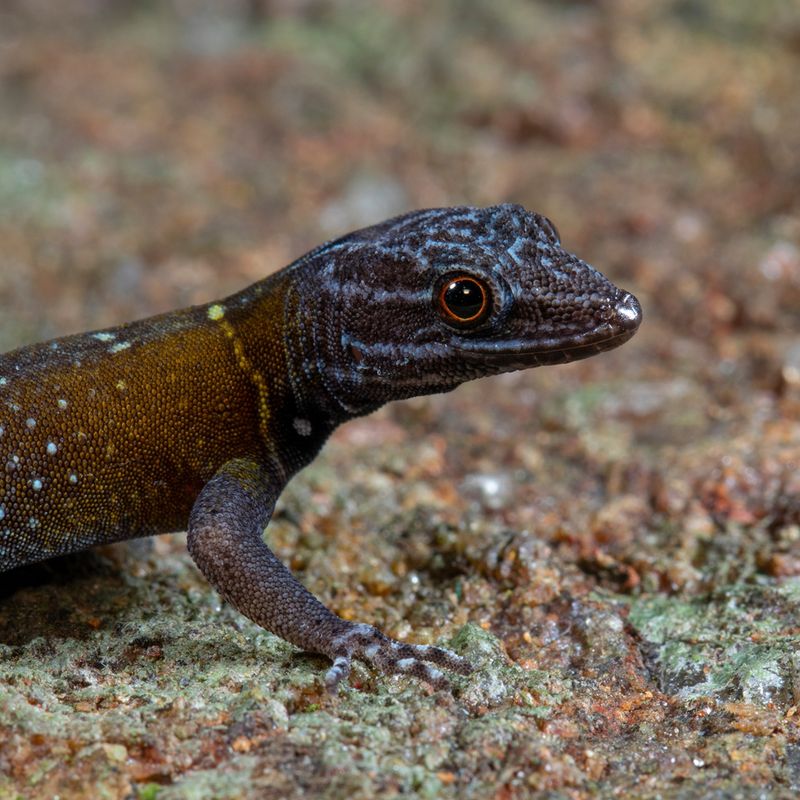
Barely larger than my thumbnail, these diminutive geckos are living jewels scattered across Florida’s southernmost islands and coastal areas. Their translucent skin reveals beating hearts inside bodies so small they can cling to a single blade of grass.
Unlike their invasive Mediterranean cousins that invade homes, reef geckos remain wild, hunting tiny insects under cover of darkness. Their specialized toe pads allow them to scale vertical surfaces and even walk upside-down.
Rising sea levels and coastal development threaten their future. Reptile enthusiasts can contribute by supporting coastal habitat preservation, removing invasive plants from gecko habitat, and advocating for development restrictions in the Keys and southern mainland where these tiny survivors maintain their last strongholds.
7. Eastern Indigo Snake: The Gentle Giant That Eats Rattlesnakes
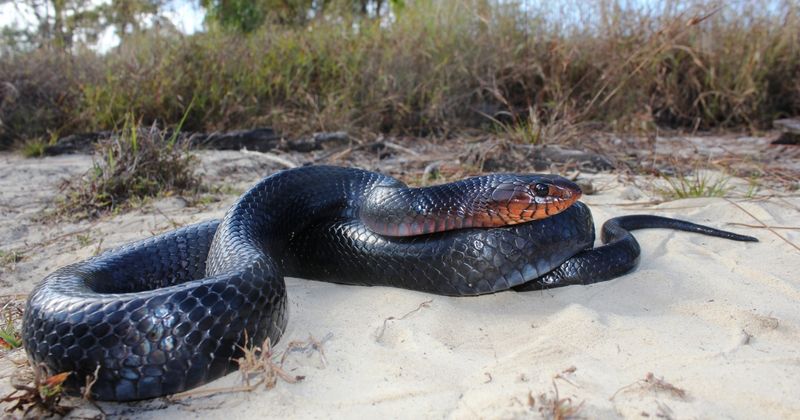
Reaching eight feet long, these glossy black behemoths are the longest native snakes in North America – and I’ll never forget watching one calmly snack on a rattlesnake that would have sent me running! In the sunlight, their sleek scales sparkle with shades of purple and blue.
Despite their intimidating size, indigos are surprisingly docile. They rarely bite humans, preferring to feast on venomous snakes, rodents, and other reptiles. Their immunity to rattlesnake venom makes them ecological superheroes.
Habitat fragmentation and gassing of gopher tortoise burrows (which they share) have decimated populations. Reptile enthusiasts can help by supporting corridor preservation projects, reporting sightings to conservation authorities, and educating others about these magnificent but misunderstood snakes.
8. American Crocodile: The Comeback Kid Still Needing Our Help
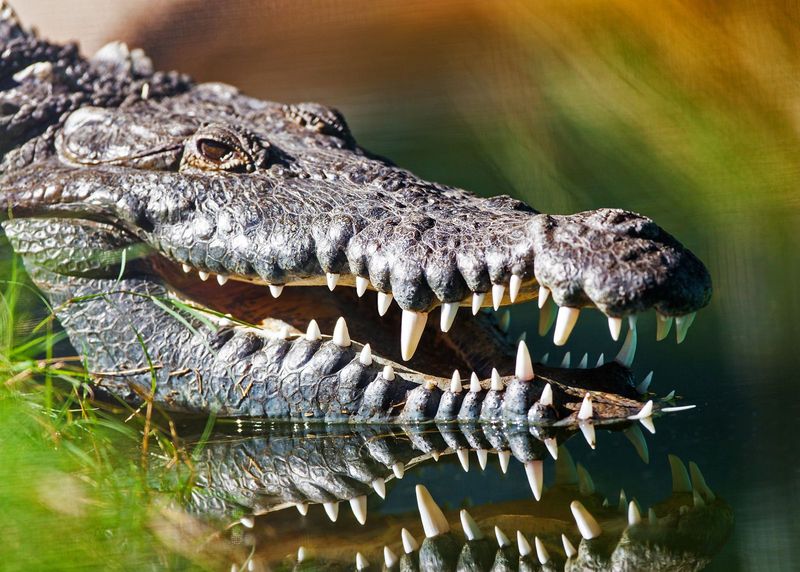
Florida’s saltwater crocs nearly vanished before I was born, plummeting to just 200 individuals in the 1970s. Now rebounding to about 2,000, these prehistoric-looking reptiles remain far rarer than their alligator cousins.
Distinguished by their narrower snouts and visible teeth when their mouths are closed, crocodiles are surprisingly shy. They prefer coastal mangroves and brackish water where they build mound nests that must remain undisturbed for successful breeding.
Climate change threatens to flood nesting sites and alter sex ratios (temperature determines gender in eggs). Reptile enthusiasts can support crocodile recovery by advocating for shoreline protection, respecting nesting area closures, and educating others about the critical difference between dangerous behavior and normal crocodile basking.
